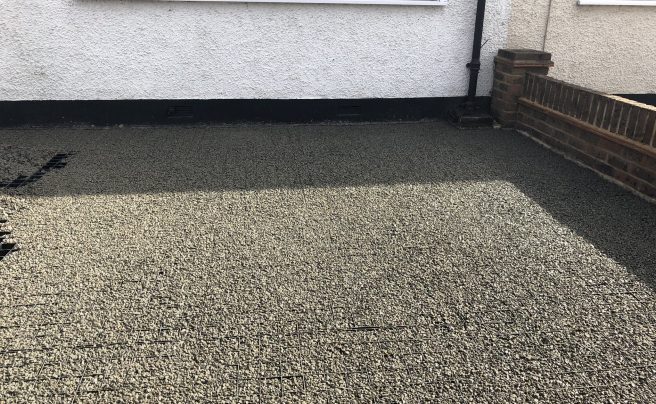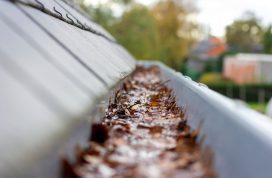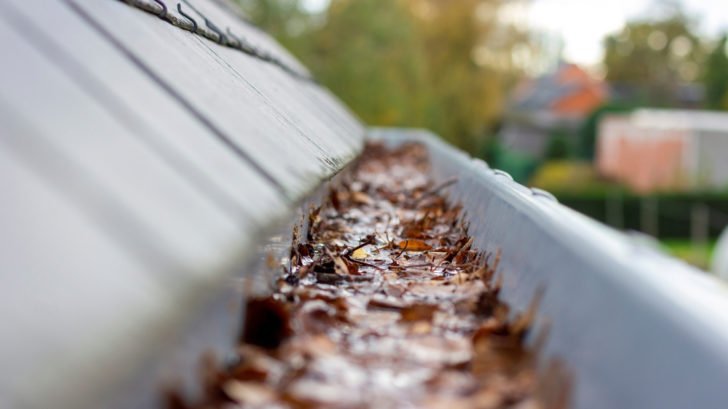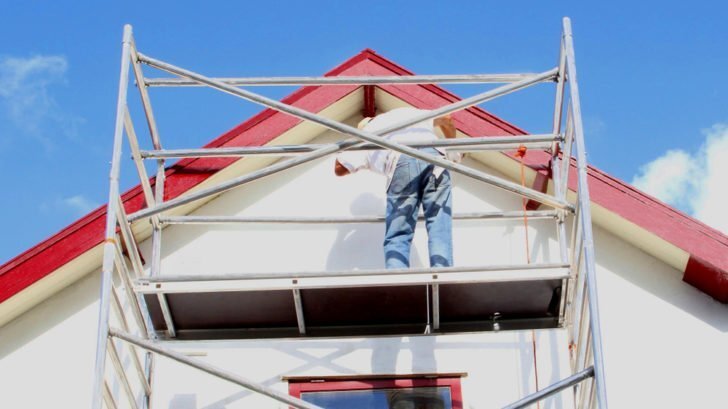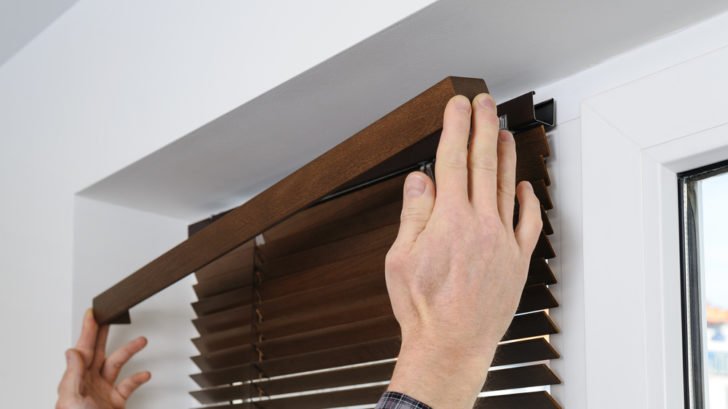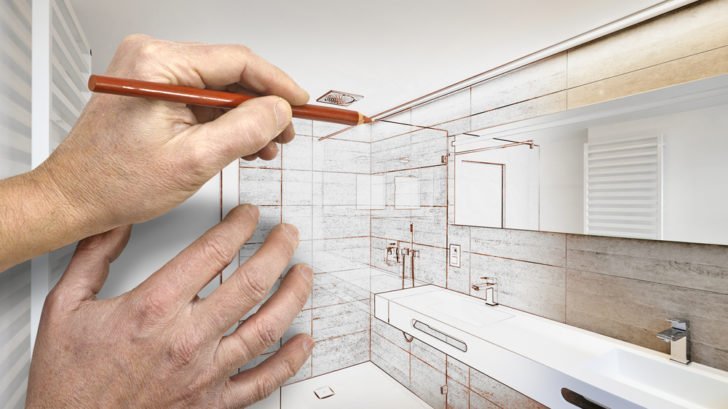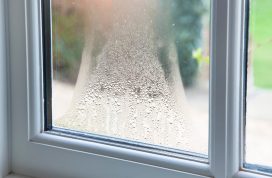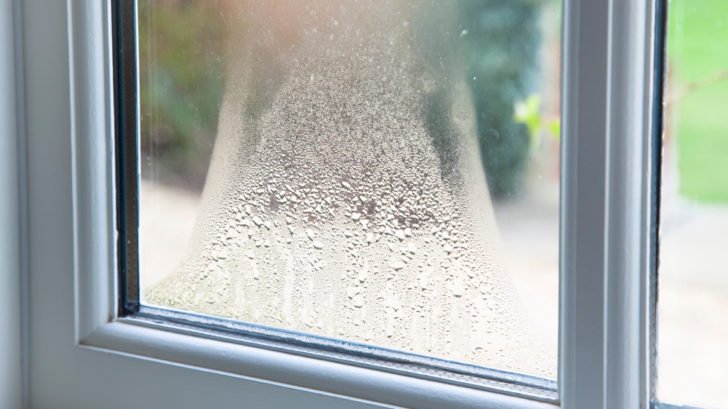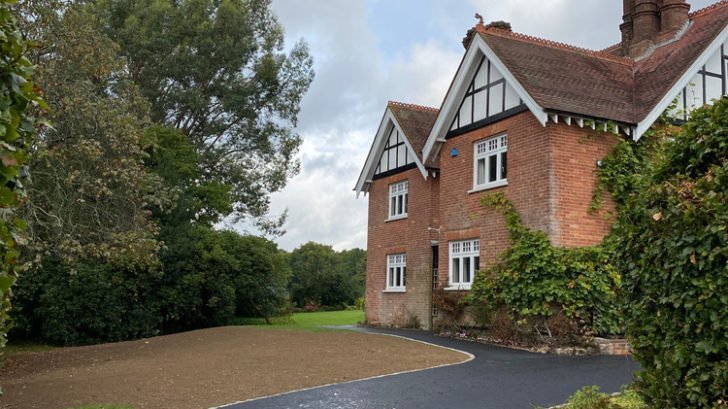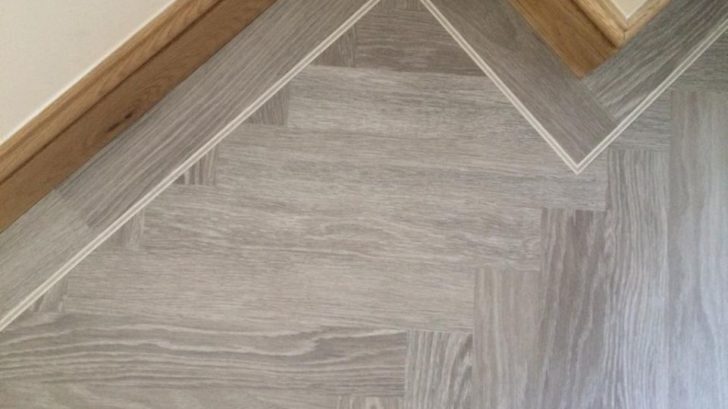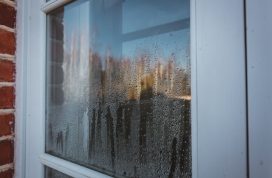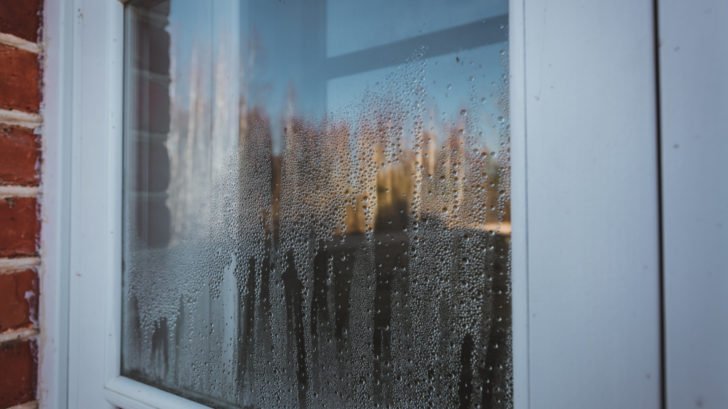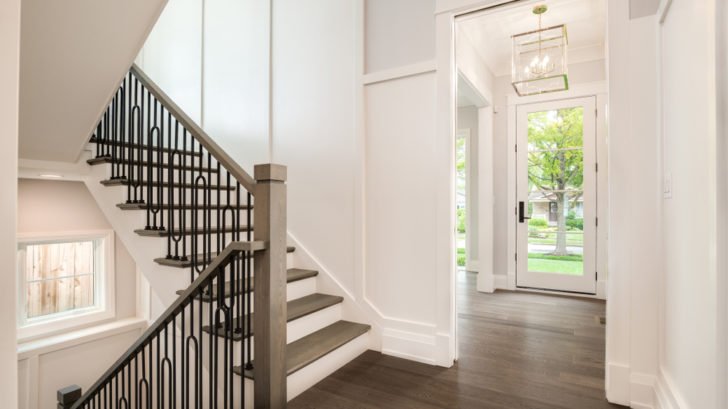Driveways are an essential feature for your home. It makes your home look neat and beautiful. In addition, it increases the market value of your property, especially for homes in urban areas. However, laying tarmac requires tradesmen due to the complexity of the work and the materials in use.
This guide covers the factors to consider before installing a tarmacked drive, preparation, pros and cons and selecting the right pathway.
Factors to Consider Before Installing Tarmac on Your Driveway
In other parts of the country, tarmac paths are also referred to as Bitmac. The binding agent here is bitumen and not tar. Before installation takes place:
- Look around in your neighbourhood.
Tar can be relatively cheap if bought in bulk; therefore, you may consider asking around your neighbourhood for a partnership. Naturally, it would be best if you approached those with already existing tarmacked roads.
These homeowners are more likely to be interested in repairs. Additionally, the more driveways a contractor will find to work with, the lower the price.
- Additional Cost Budget
When calculating the cost, you shouldn’t only consider the cost of materials and labour but also resurfacing; the price and the installation fee. In addition to the costs mentioned, other costs include a drainage system, finishing decors like greenery and lights, and landscape integration.
- Climate
Tarmac has a relatively smooth surface that can easily clean during the winter season. Therefore, it’s essential to check how extreme the weather gets in your geographical location beforehand.
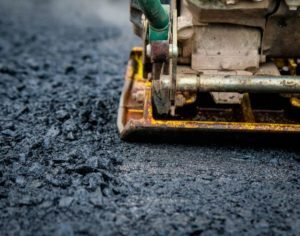
- Maintenance
To extend the lifetime of your drive, you should consider adding a sealant. Most tradesmen add it a year after the installation. It acts as a barrier to the materials that can cause premature damage.
How to Install a Tarmac Driveway
Below is the process for installing the drive:
1 – Site survey.
Carrying out a survey before construction will ensure the minimization of risks. During the process, they will look out for gas/ water pipes and a drainage system.
2 – Site Excavation.
This process comprises removing any waste from the area of interest. If there are any deep roots or materials, the process will take longer than expected.
Basically, for general domestic paths, a virgin ground depth is around 225mm for new installations.
3 – Drainage System Installation.
There will be a drainage channel that will reduce the chances of flooding on the driveway. Additionally, it will prolong the life of your private road.
4 – Preparing the Ground.
Firstly, you prepare the ground by treating the earth and installing a preventive weed membrane. A suitable killer membrane will ensure against the growth of weeds; you can achieve this by killing the weeds by the roots.
5 – Laying Down the Base.
It is necessary to lay a depth of at least 150-200mm of a certified MOT type crushed of limestone or equivalent material. Then, it is firmly compacted with the right machinery usually a twin drum roller that ensures the proposed water escape route is in place to prevent ponding when the path is complete.
6: Add Edging Stones.
It will create a boundary between the drive and the garden/patio.
7: Laying the Course Tarmac.
Also known as a binder course, it contains large aggregate or stones. This layer will provide a strong base for the surface layer.
Ensure the course binder is well covered to retain the heat levels. Then place several piles and rake them to the correct levels. Finally, use the twin roller drum machine to roll the surface as many times as possible to compact the surface firmly.
8: Lay the Fine Surface Layer.
This will give a great finish. Before it’s applied, the contractor treats it with sealing grit. It helps in allowing the fine aggregate to stick with the binding agent.
9 – Finishing Touches.
These can include planting flowers or trees and adding lights and paint.
However, this process may differ from house to house. Some of the factors that contribute to delaying or speeding up the building process include:
- The Hired Workforce.
If multiple labourers work on the project, they’re bound to complete it earlier and faster than a single contractor.
- The Size and Shape of Your Driveway.
Homes with large or awkwardly shaped paths take a more extended period to be completed compared to houses with medium-sized regular-routine driveways.
- The Weather
If you begin the construction a day after a heavy downpour or if the ground is freshly covered with ice, it will be necessary to delay the work by two or three days. But, on the other hand, it allows the ground to dry and makes the construction process easy.
- Trees and Shrubs.
If your private road is covered with large shrubs or trees, it will take more time as you have to excavate the area and the task may prove to be onerous.
Tarmac driveways are beautiful, no doubt. Therefore, you should bear in mind the pros and cons of the path before opting to install one.
Pros
- Building Time is Fast.
A professional can complete mixing the materials on your driveway in a matter of hours then leave the materials to dry naturally. The job could be complete in a matter of days.
- It’s Durable.
These kinds of roads can withstand different weather conditions without wearing and tearing as tar and bitumen are hard-wearing substances. However, when exposed to extreme heat, they could crack. Luckily, the UK has a low chance of ever experiencing such extreme high weather conditions.
- It’s Cheaper.
Compared to other alternatives like blocks, building with tar is more affordable as fewer materials are needed.
- It’s a Worthy Investment.
The best thing about tar is that you can enjoy the best of both worlds. This means it’s cheap to install and also increases the value of your home
- Creates Room for Being Creative.
A tarmacked road is like an empty canvas. It provides you with the space to be creative and add appeasing aesthetics to your compound.
- It’s Impermeable.
It’s safe to say that the UK is prone to heavy downpours. Fortunately, tarmacked drives do not allow water to soak in even if the weather takes a turn for the worst. Therefore, there will be no need to ask for cleaning services afterwards.
- Tarmac is Environmentally Friendly.
It can be recycled and reused, unlike some other building materials. In addition, it does not run into water sources like rivers as it solidifies quickly.
Cons
- Low Compatibility.
If you are in a neighbourhood that does not have pathways made from tar, they may influence you to leave your private road the way it is.
- weed growth
It’s not uncommon to find weeds or mould growing on your drive. It can happen if, during the installation, the contractors did not install a protective weed membrane.
- Home Size and Space Limitation.
For homeowners with small or weirdly shaped paths, adding tar or bitmac on your drive may be challenging, especially for the machinery used.
Overall there are plenty of tips and guidance provided above to help you choose the best option for your home.

